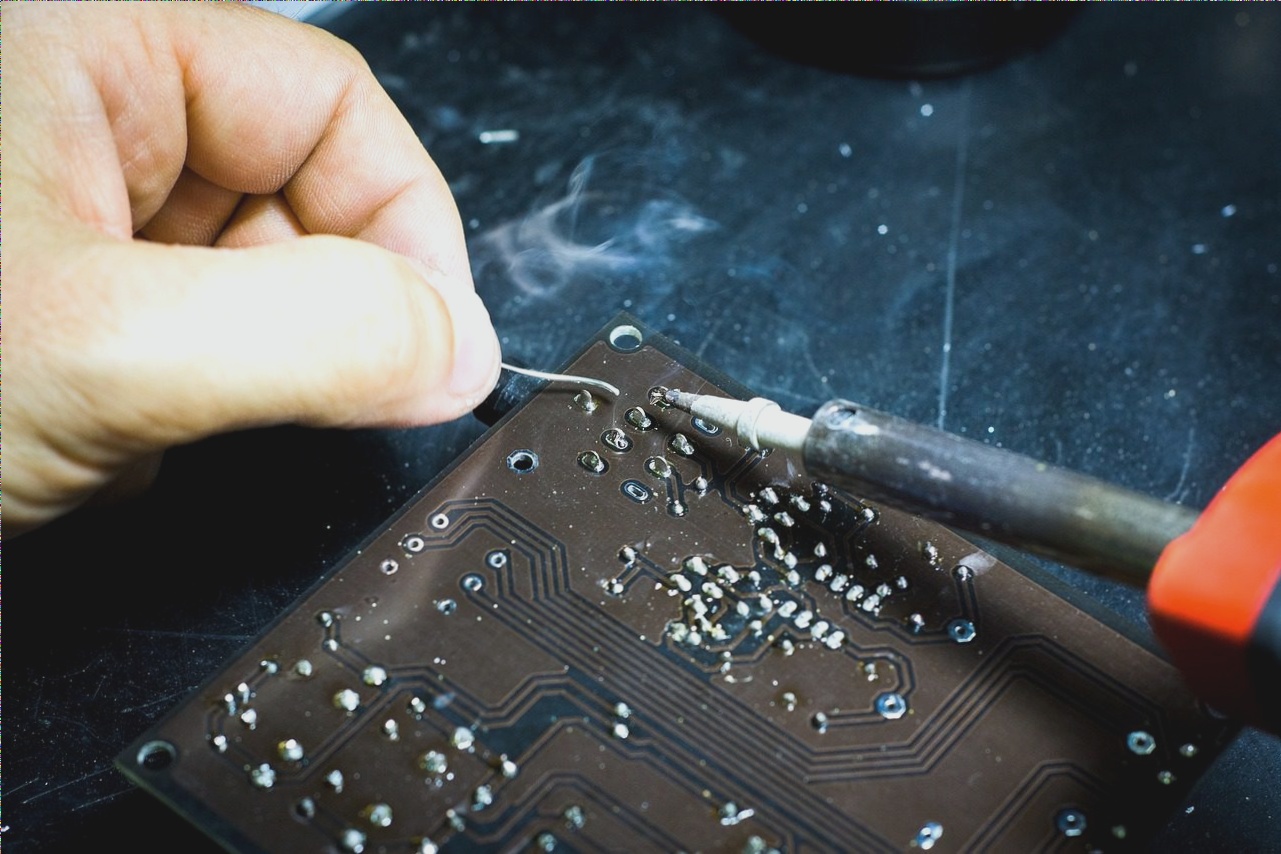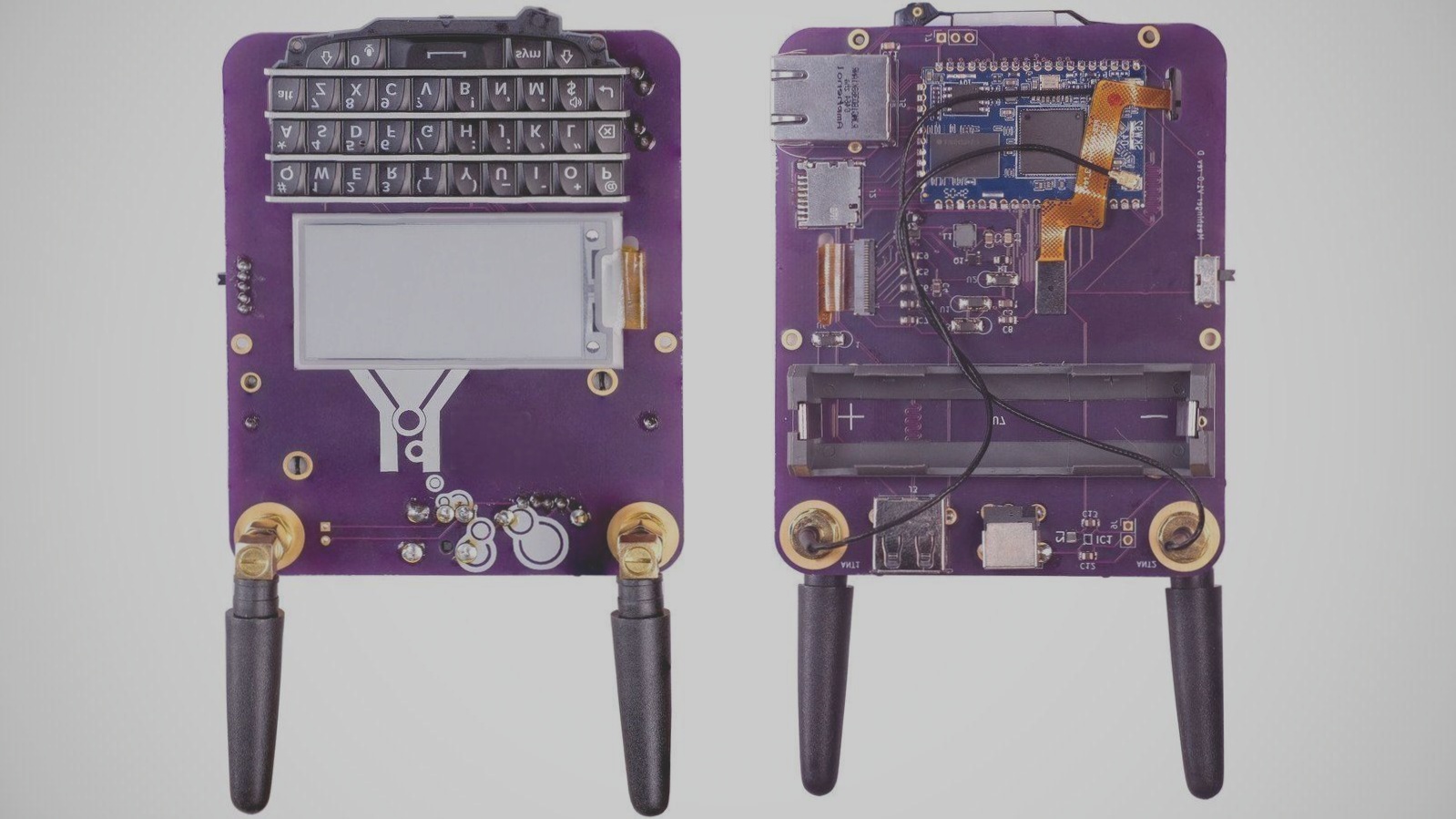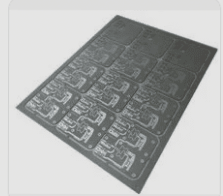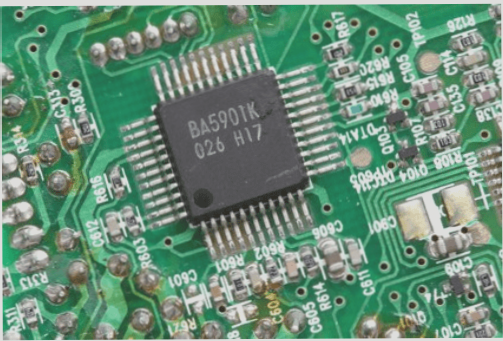Introduction to PCB Copper Foil
Copper foil plays a crucial role in the manufacturing of Printed Circuit Boards (PCBs) by acting as the primary conductive material. It is a thin metal layer electroplated onto the base of the PCB, facilitating the creation of electrical pathways. Copper foil easily adheres to insulating substrates like fiberglass and serves as the foundation for the circuit pattern.
Copper foil is typically a blend of pure copper with small amounts of other metals to enhance its properties. Common grades include 90 foil (90% copper) and 88 foil (88% copper). Apart from PCBs, copper foil finds applications in decorative items like gilded signs, mosaics, and handicrafts.
Key Characteristics of PCB Copper Foil
- Low surface oxygen content for good adhesion
- Excellent electrical conductivity
- Functions as an electromagnetic shield
Various types of copper foil are available, each catering to specific needs:
- Self-adhesive copper foil
- Double-conducting copper foil
- Single-conducting copper foil
The Global and Domestic Status of Electronic Grade Copper Foil and PCB Copper Foil
Introduction to Electronic Grade Copper Foil
Electronic grade copper foil, with over 99.7% purity and thickness ranging from 5µm to 105µm, is vital in the electronics industry. It is used in various electronic products, and with the industry’s growth, the demand for this material is increasing globally.
Global Supply and Types of PCB Copper Foil
There are two primary types of PCB copper foil:
- Rolled Copper Foil (RA Copper Foil): Known for its ductility, ideal for flexible PCBs.
- Electrolytic Copper Foil (ED Copper Foil): More cost-effective, suitable for mass production of standard rigid boards.
The Significance of Copper Foil in the PCB Industry
The demand for rolled copper foil is intricately linked to the flexible PCB sector, with production influenced by raw material characteristics and price fluctuations. Rolled copper foil, although challenging and costly to manufacture, is a vital material controlled by a limited number of manufacturers. These key players wield substantial influence over pricing and availability. Nevertheless, ED copper foil has emerged as a feasible alternative in various applications, provided it does not compromise product performance.
Key Challenges in Rolled Copper Foil Production
- Resource Constraints: Rolled copper foil production necessitates a consistent supply of top-notch copper raw materials. Securing access to these resources is crucial, given the volatility of copper prices that can impact production costs.
- Technical Barriers: Advanced calendering technology and surface treatments, like oxidation, are essential for producing rolled copper foil. Major global producers hold patents and proprietary technologies, creating significant entry barriers for new competitors. The intricate technical knowledge required for producing top-quality rolled copper foil poses a challenge for new entrants, impacting their ability to compete effectively in terms of cost and quality.
The Evolution of Copper Foil in Electronics
Copper foil plays a pivotal role in the manufacturing of copper-clad laminates (CCL) and printed circuit boards (PCBs), serving as the backbone of modern electronic devices and facilitating signal and power transmission. China’s PCB industry has surged since 2002, now ranking as the world’s third-largest producer. The country has also claimed the third spot in copper-clad laminate production. Consequently, China’s electrolytic copper foil sector has witnessed substantial growth, reflecting the nation’s technological advancements and its ability to meet the escalating demand for high-performance copper foils in the electronics field.
Insights from the China Epoxy Resin Industry Association
Experts from the China Epoxy Resin Industry Association have assessed China’s copper foil industry, acknowledging the progress achieved and the hurdles that lie ahead. The demand for high-performance, precise copper foils is projected to soar as the electronics industry progresses, especially with the increased requirements of advanced telecommunication gadgets and high-frequency products.
Concluding Thoughts
In essence, the global market for electronic-grade copper foil, particularly high-performance variants, is rapidly expanding due to heightened demand from sectors like electronics, telecommunications, and automotive. PCB copper foil production encounters technical and resource-related obstacles, notably in rolled copper foil production. Nonetheless, advancements in manufacturing technology and escalating demand from high-tech industries present significant growth prospects. As the global and Chinese markets advance, the copper foil sector will remain a pivotal element in the advancement of sophisticated electronic systems.




